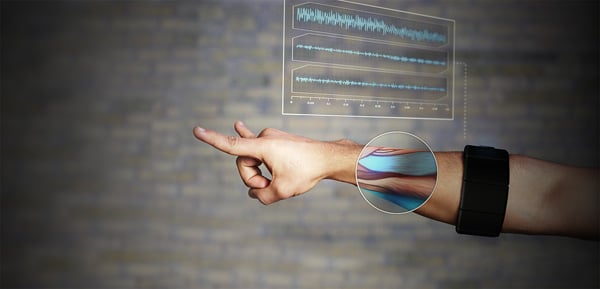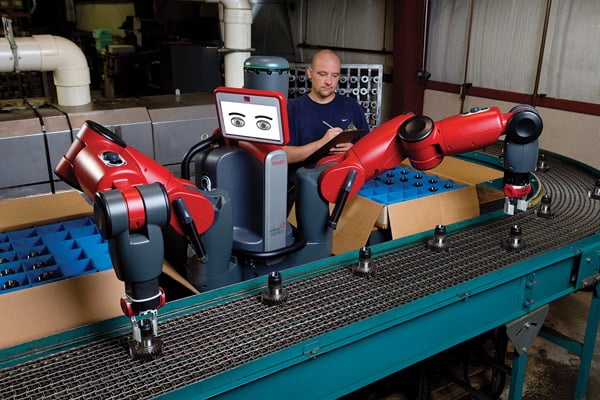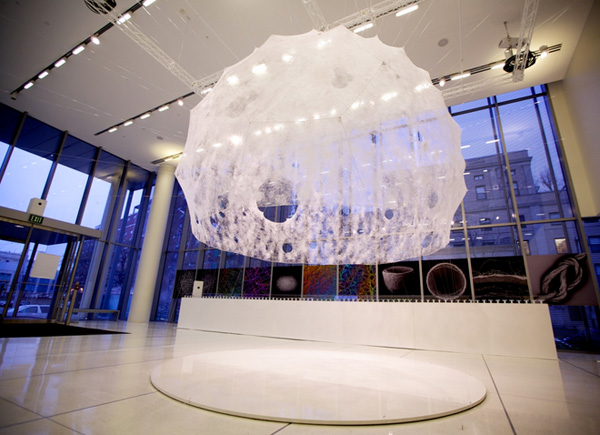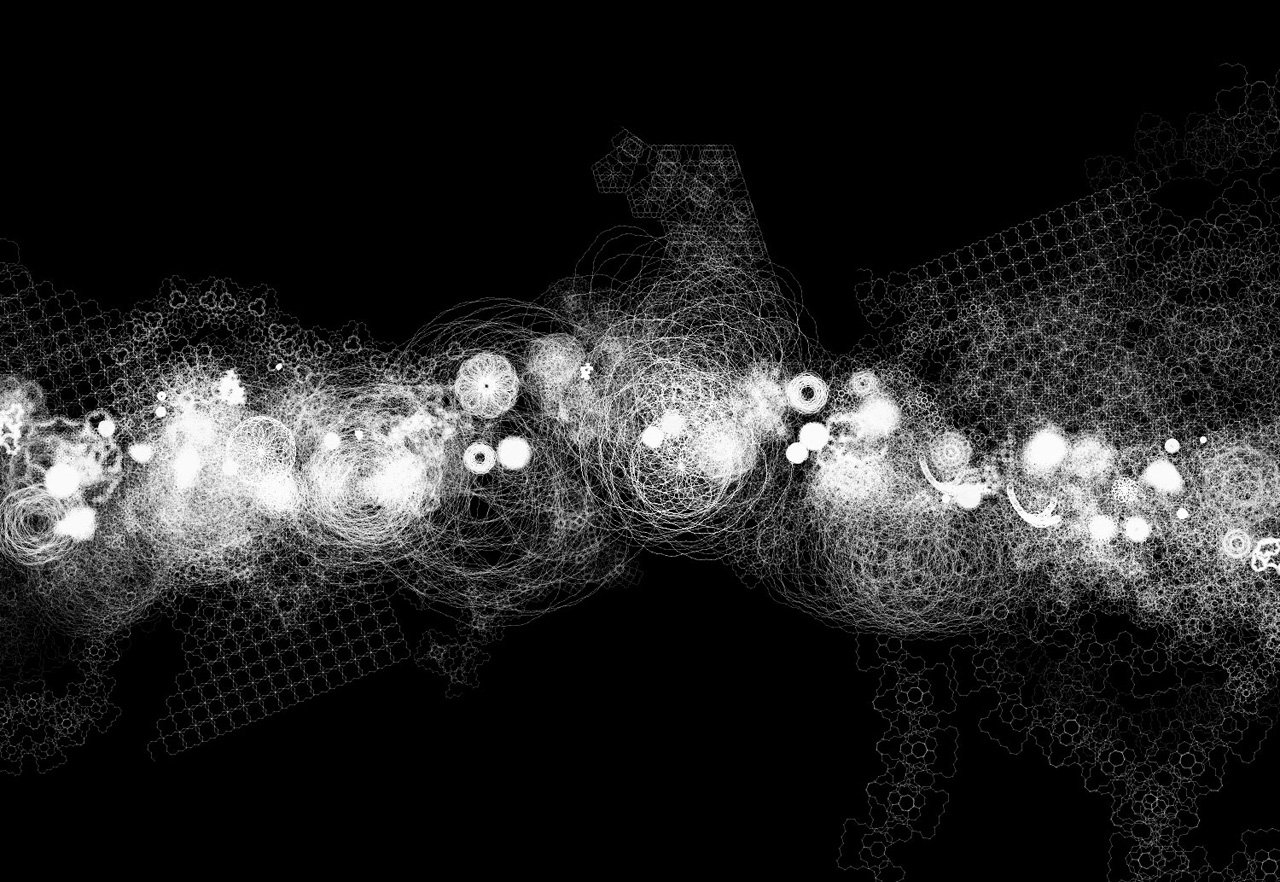This is the first in a series of six articles looking at the future of experience design for emerging technologies — including the Internet of Things, robotics, genomics / synthetic biology, and 3D printing / additive fabrication.
Since the dawn of technology, man has had to deal with both its benefits and burdens. The fire that cooks your food, burns your hands; the mills and factories that produce your clothes, pollute your water and air; the computer that processes your data, crashes and send your mission critical records into oblivion.
The technological changes we will witness in our generation are beyond imagination. Over the next thirty years, there is little that humans can dream that we won't be able to do — from hacking our DNA, to embedding computers in our bodies, to printing replacement organs. The fantastic vision of science fiction today will become the reality of tomorrow. Similar to the Second Industrial Revolution in America — when inventions and innovations from electric power to the automobile first became prominent, experienced widespread adoption, and helped shape our modern existence — we are undergoing a period of technological advancement that will alter the way we live our lives in nearly every way.

The Myo gesture control armband. Image courtesy Thalmic Labs.
As we face a future where what it means to be human will be inexorably changed, we desperately need experience design to help frame our interactions with emerging technologies that are already racing ahead of our ability to process and manage them on an emotional, ethical, and societal level. Whether we're struggling with fear and loathing in reaction to genetically altered foods, the moral issues of changing a child's traits to suit a parent's preferences, the ethics guiding battlefield robots, or the societal implications of a 150-year extended lifetime, it's abundantly clear that the future of experience design will be to envision humanity's relationship to technology and each other.
The coming wave of technological change will make the tumult and disruption of the past decade’s digital and mobile revolutions look like a minor blip by comparison. As we look beyond the screen to the rich world of interactions and experiences that need to be designed, we need to define new areas of practice. Experience design will be a critical to tie the technology to human use and benefit. For those asking "How can we do this?" we must counter, "Why and for whose benefit?".

Rethink Robotics Baxter enables collaborative manufacturing. Image courtesy Rethink Robotics.
How will this happen? To begin with, the boundaries between product design and engineering for software, hardware, and biotech are already blurring. Powerful technologies are creating an environment of constant change for the creative class knowledge workers. In the coming years, those who began their professional lives as industrial designers, computer engineers, user experience practitioners, scientists, and system thinkers, will find that the trajectory of their careers takes them into uncharted territory as the cross-pollination and evolution of these fields in parallel creates new possibilities for influencing humanity’s progress.

The Silk Pavillion, a MIT Media Lab Mediated Matter Group project, was created by thousands of silkworms guided by design software. Image by Steven Keating.
Designers have only just begun to think about the implications of emerging technologies for the human condition. We can and should be involved early with these emerging technologies as they develop, representing the human side of the equation. And while we can't anticipate all the possible outcomes, thinking about how these technologies will act within a larger ecosystem and how they might effect people in the short and long term, will be time well spent.
While this challenge won't necessarily be taken up by or even appropriate for everyone who currently works in the various design fields, for a select few the chance to wrestle with the multivariate, sometimes incongruous inputs required to shape our human interactions with and understanding of emerging technologies, will be exactly the right opportunity.
Over the next five articles in this series, we'll look at:
- A high level overview of the emerging technologies that will dramatically change our world in the coming decades, including the Internet of Things, robotics, synthetic biology / genomics, and 3D printing / additive manufacturing.
- Thoughts on the evolution of the design field, as we attempt to influence, guide and shape these emerging technologies
- Exploration of design thinking and solutions for these new areas, within the context of real world design challenges
Designing for Emerging Technologies
If you're interested in further exploration of this topic, check out "Designing for Emerging Technologies", coming from O'Reilly Media this December, a project on which I was honored to serve as editor. In this book, you will discover 20 essays, from designers, engineers, scientists and thinkers, exploring areas of fast-moving, ground breaking technology in desperate need of experience design — from genetic engineering to neuroscience to wearables to biohacking — and discussing frameworks and techniques they've used in the burgeoning practice area of UX for emerging technologies.
The article header image is an algortithmically generated artwork, created especially for the "Designing for Emerging Technologies" project by Seth Hunter.
